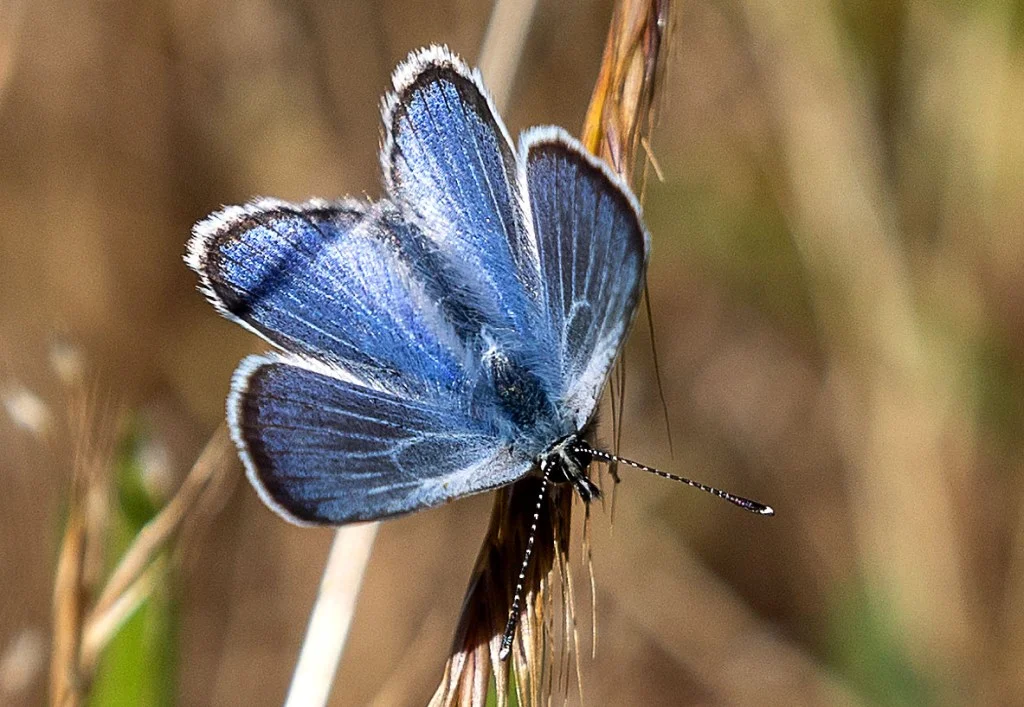
Exploring De-Extinction: A Controversial Quest for Lost Lives
In a thought-provoking push towards restoring the lost fragments of our planet's biodiversity, local scientists and conservationists in the Bay Area are passionately advocating for de-extinction—the concept of reviving extinct species using advanced biotechnological tools. This bold and revolutionary idea invites us to reconsider what it means to be a steward of the Earth.
The initiative comes amid growing concerns over the rapid loss of species due to human activity, climate change, and habitat destruction. As countless animals vanish from our ecosystems, is it possible that we could bring some of them back? Proponents argue that de-extinction can help restore ecosystems and enhance biodiversity, serving as a form of ecological insurance. It represents a beacon of hope in the fight against extinction.
However, this journey into the future is fraught with ethical dilemmas and pragmatic challenges. Critics contend that the focus on resurrecting extinct species could distract from the urgent task of conserving the species that still exist. They assert that resources might be better spent on preserving habitats and addressing the immediate threats that lead to extinction. Such critiques are essential for a balanced discourse on the complex interplay of science, ethics, and conservation.
The Bay Area's scientific community is weighing these issues seriously. As they conduct studies aimed at de-extinction, the dialogue includes voices from various backgrounds, each contributing unique perspectives on how we might best proceed. Some hold that reviving iconic species, such as the Woolly Mammoth or the Passenger Pigeon, could revitalize our relationship with nature, while others caution against unforeseen ecological consequences.
As this movement gains traction, it’s important to consider the implications. What legacy do we seek to forfeit by chasing after ancient echoes of life? Are we prepared for the responsibilities that come with such technological interventions? Abdicating our responsibilities towards current threatened species in the process could lead to unintended devaluation of conservation efforts.
In a world yearning for hope amidst despair, the thought of resurrecting lost animals adds a fantastical element to conservation. As discussions continue, what do you think about the possibility of de-extinction? Is it a path of potential salvation or a risky venture that could lead to more complications? We’d love to hear your thoughts. Please leave a comment below and share your views on this fascinating topic!